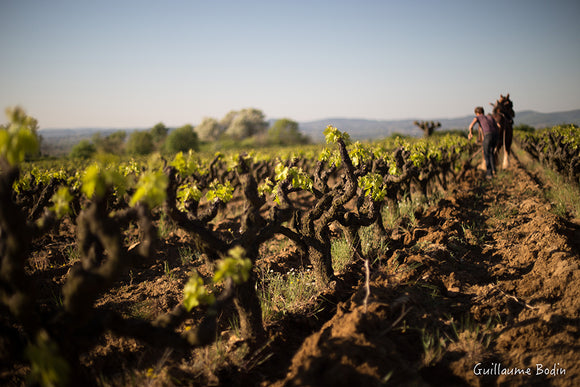History
Gustave Thibon (1903- 2001) began working as a farmer when his father was away fighting in World War I, then shifted to focus more on philosophy.
His third child, Jean-Pierre Thibon (known as “Papou”), married Jacqueline (alias: Ou-i) in 1974. A cardiologist, she left a life in medicine to work in the vines. They lived happily ever after and… had a lot of daughters: Hélène, Catherine, and Cécile.
Jean-Pierre decided that the main activity at Libian would be wine: he built a cellar in 1970, which was later enlarged in 1982. The vines were, from the beginning, under organic agriculture: they plowed the soils, hoed by hand in the spring, treated the vines with copper and sulfur, etc. A continuation of this philosophy and an important milestone for the domaine was being certified biodynamic in 2005.







